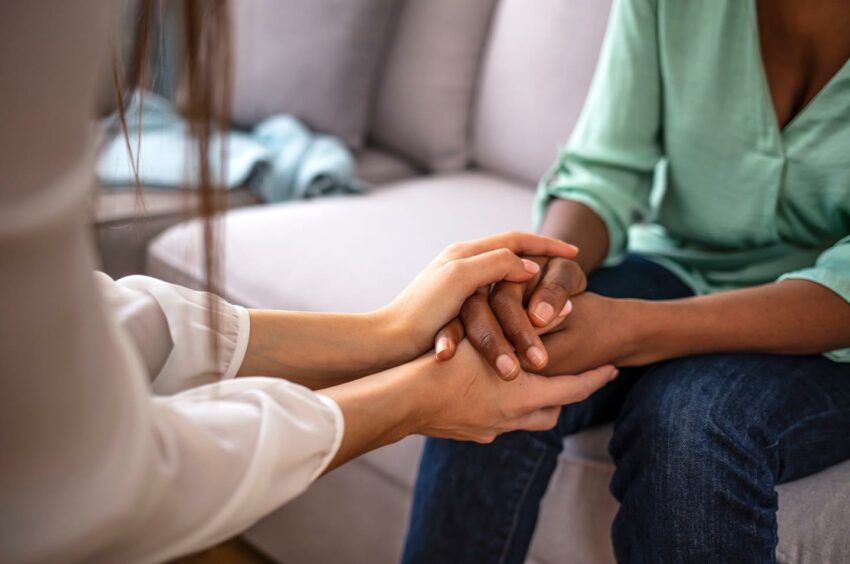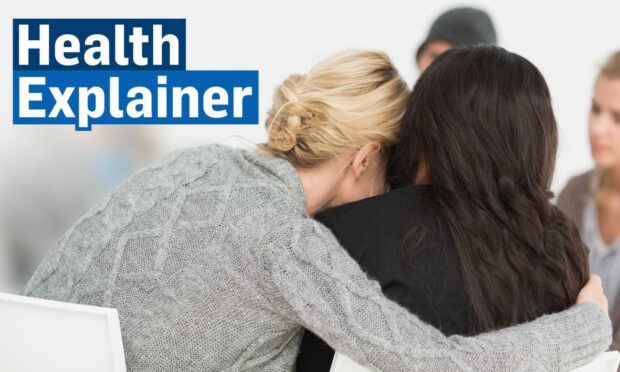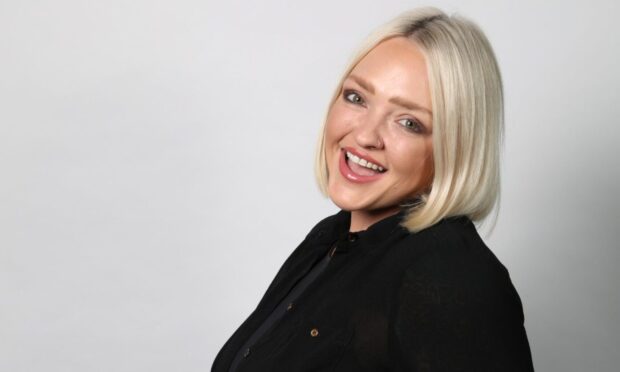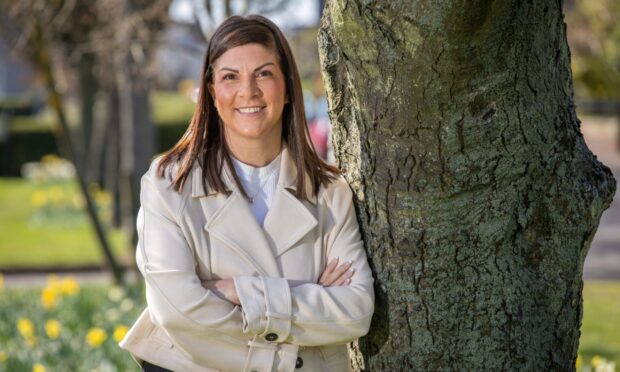Around 1.25 million people in the UK have an eating disorder, each of whom is struggling with their own unique experience.
But what are the different types of eating disorders? How common are they? And what are the signs a loved one might be struggling?
We’re answering all your questions this Eating Disorder Awareness Week.
What are eating disorders?
Eating disorders are complex mental illnesses. They can affect anyone, regardless of age, gender, ethnicity, sexuality or background.
People who struggle use disordered eating behaviour as a way to cope with difficult situations or feelings.
Limiting the amount of food they eat may give them the illusion of control when other aspects of their life feel out of control.

Or eating very large quantities of food at once may bring short-term comfort and distraction.
Eating disorders have a wide range of symptoms and rarely solely revolve around someone’s weight.
No two people have the same experience of an eating disorder – there are different types which all affect a person differently.
Anorexia nervosa
People with anorexia are often of low weight due to limiting how much they eat and drink.
They may develop “rules” around what they allow themselves to eat, as well as when and where they’ll eat.
Anorexia accounts for around 8% of all eating disorders.
- Strict dieting and avoiding food they think is fattening
- Excessively counting calories
- Missing meals (fasting)
- Avoiding eating with other people
- Excessive focus on body weight
- Distorted perception of body shape or weight
- Weight loss
- Irregular periods, or periods stopping altogether
- Irritability and mood swings
Binge eating disorder (BED)
People with BED eat large quantities of food over a short period of time.
BED is not about choosing to eat large portions, nor are people who suffer from it just “overindulging”.
BED is one of the most common eating disorders, affecting 22% of people who struggle.
Binges can be very distressing, often involving a much larger amount of food than someone would want to eat. People may find it difficult to stop during a binge even if they want to.
Symptoms of BED include:
- Buying lots of food
- Hoarding food
- Eating very rapidly
- Eating when not hungry
- Spending a lot or most of their time thinking about food
- A sense of being out of control around food, or a loss of control over eating
- Feeling anxious and tense, especially over eating in front of others
- Difficulty sleeping
- Weight gain
Bulimia nervosa
People with bulimia are caught in a cycle of bingeing, and then trying to compensate for that overeating by vomiting, taking laxatives or diuretics, fasting, or exercising excessively (called purging).
19% of people with an eating disorder have bulimia.
- Either frequently checking body shape or weight, or avoiding looking at their body or checking their weight
- Comparing their body with those of others
- Fear of gaining weight
- Feeling loss of control over eating
- Feelings of guilt and shame after bingeing and purging
- Regular changes in weight, which may go up or down, though often remains “normal”, making bulimia harder to spot
- Bloating
- Damage to teeth
- Swollen salivary glands
Other types of eating disorder include avoidant/restrictive food intake disorder (ARFID), orthorexia, pica and rumination disorder.
You can learn more about them – as well as their signs and symptoms – on the Beat website.
Eating disorders are treatable and people can and do make full and sustained recoveries.
The sooner someone gets the treatment and support they need, the more likely this is, but recovery is always possible.
If you’re worried about your own or someone else’s health, you can contact Beat, the UK’s eating disorder charity, 365 days a year on their Scottish helpline at 0808 801 0432 or via Scotlandhelp@beateatingdisorders.org.uk
You can also get local support from Fife charity, SupportED.










